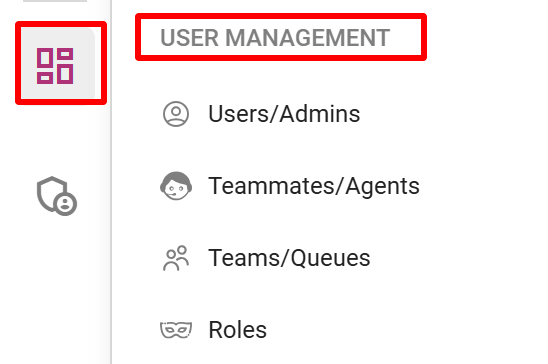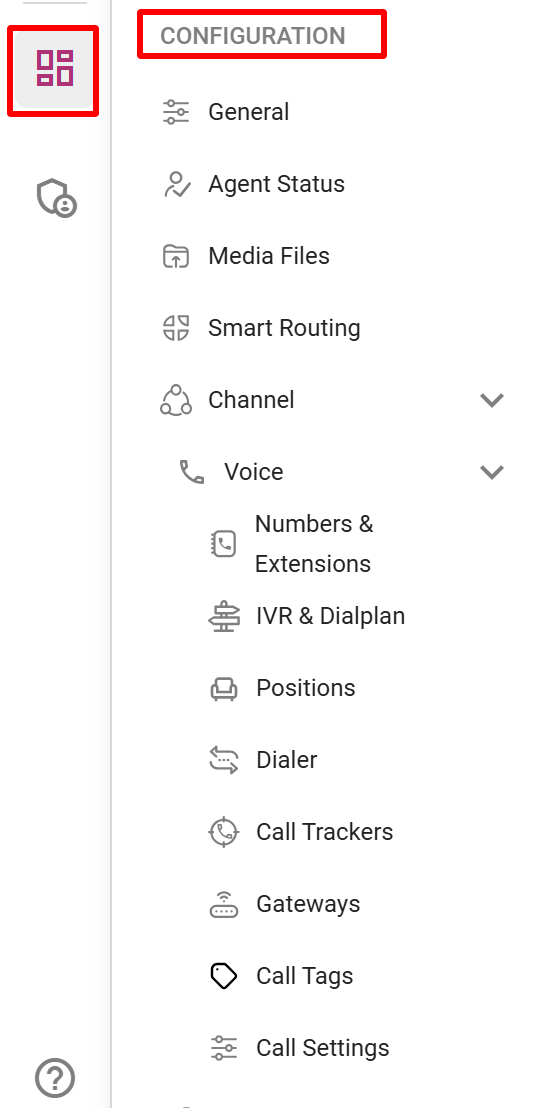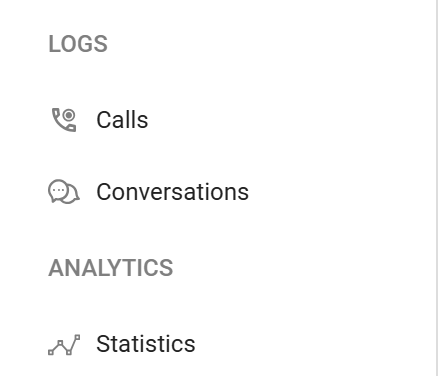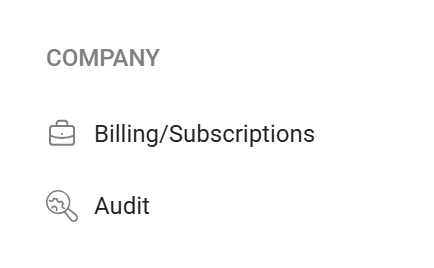Agent Profile overview
There are various sections and features on the ziwo Dashboard. under that Ziwo dialer is one the features. Lets talk more about other features and how to navigate to the Dialer option.
- User Management:
The User Management section in Ziwo Dialer provides tools for administrators to manage and configure user roles, permissions, and access within the system. This section enables seamless management of agents, supervisors, and other users, ensuring the right level of access to various features and resources.
Key components of User Management include:
User Roles and Permissions: Assign specific roles to users, such as agent, supervisor, or admin, and configure permissions for each role. This ensures that users have access to only the features they need for their responsibilities.
Add/Edit Users: Easily add new users to the system or update details for existing users, including contact information, role assignments, and login credentials.
Active Users: View a list of all active users within the system, along with their current status (Available, On Call, Offline, etc.). This feature helps supervisors monitor team performance and availability in real-time.
User Activity Tracking: Monitor the activity of each user, including call history, interactions, and performance metrics, to ensure compliance and performance standards are being met.

- Configuration Section
The Configuration section provides administrators with the ability to customize the Ziwo Dialer system settings, including preferences for call routing, queue management, and integration with other tools.
Key components of Configuration include:
Call Routing: Set up and modify routing rules, such as how incoming calls are distributed to agents, skill-based routing, and queue management preferences.
Agent Settings: Configure agent parameters such as status options (Available, On Call, etc.), skill sets, and time-based settings to align with business operations.
Queue Management: Define and manage multiple queues for different call types, regions, or teams, allowing calls to be routed accordingly to the appropriate agent or department.
IVR (Interactive Voice Response): Set up and modify IVR menus, greeting messages, and options for callers to navigate through automated systems before reaching an agent.
Integration Settings: Configure integrations with third-party systems such as CRM software, email, or messaging platforms, allowing seamless data exchange and customer engagement.

- Logs Section
The Logs section offers detailed tracking and history of all activities within the Ziwo Dialer system, providing transparency and accountability for every action performed by users and system processes.
Key components of Logs include:
Call Logs: View logs of all inbound and outbound calls, including timestamps, call durations, statuses (Answered, Abandoned, etc.), and agent performance data.
User Activity Logs: Track all actions performed by users, such as logging in, making calls, transferring conversations, and changing settings, ensuring accurate record-keeping for auditing and compliance purposes.
System Event Logs: Access logs that track system-level events, such as configuration changes, system updates, and error messages, to help troubleshoot issues and ensure system stability.

- Audit Section
The Audit section is critical for maintaining security, compliance, and oversight of user actions and system changes. It ensures that every modification or transaction is logged for future reference.
Key components of Audit include:
Audit Trails: Record every significant change made within the system, including user role updates, configuration changes, and system settings adjustments. This ensures full accountability for all actions performed by administrators.
Security Audits: Track login attempts, password changes, and permission updates to monitor and maintain system security, ensuring that unauthorized access is prevented.
Compliance Reporting: Generate reports detailing user activity, system configurations, and changes made to the system, helping ensure compliance with internal policies and external regulations.

.